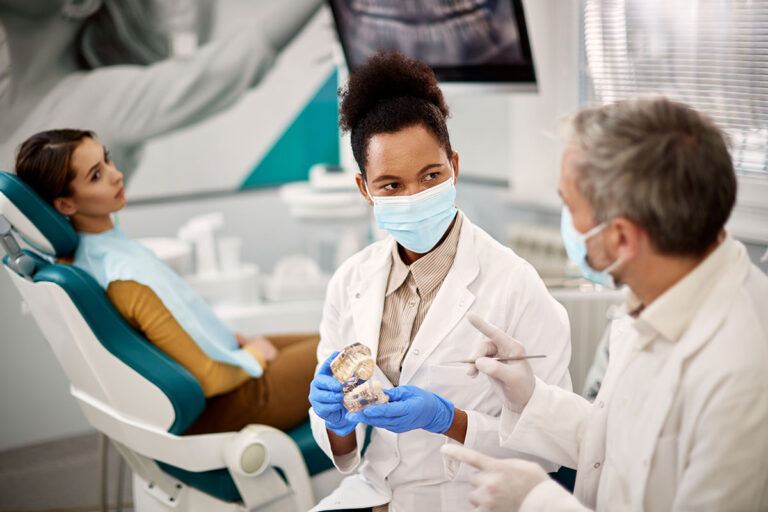Dental Tourism
Reasons for Dental Tourism
The Washington Post analyzed data from the U.S. Bureau of Economic Analysis, revealing that from 2008-2018, U.S. citizens’ spending on dental and medical tourism increased by about 29 per cent, with $2.6 billion spent in 2018 alone.
Why do tourists travel to foreign countries for dental care? Here are a couple of standout reasons:
Reason One: Low-Cost Dental Care
Dental care in the United States can be prohibitively expensive, even with insurance. Dental tourists often spend less in another country, even after factoring in travel, lodging, meals, and incidentals. The Washington Post article noted an 18 percent savings that included both the dental procedure and travel expenses. According to the Ontario Academy of General Dentistry, the savings on procedures alone can range from 40 to 75 percent.
Dental care costs can be lower in foreign countries due to:
- Lower labor and real estate (office) costs: Due to a lower cost of living.
- Less expensive malpractice insurance: Or no mandates on purchasing malpractice insurance.
- Reduced student loan debt: Incurred by dentists in these countries.
Reason Two: Combining Pleasure and Unique Experiences with Low-Cost Dental Care
While low-cost dental services might be available in the U.S., they often don’t come with the added benefit of visiting historical and cultural landmarks like the Egyptian or Mayan pyramids, Machu Picchu, the Roman Coliseum, or giant Buddha statues.
Many dental destinations offer resort-style accommodations along with dental care. You can schedule your dental procedure at the beginning of your trip and spend the rest of your time recovering and sightseeing. This also allows for any necessary follow-up visits during your stay.
Popular Destinations for Dental Tourists
Dental tourism has become so popular that there are now dental travel agencies specializing in finding the best spots to fit your needs. Many countries aim to leave tourists with a positive experience, prompting dental offices to:
- Upgrade facilities and equipment.
- Hire U.S. dental school graduates.
- Provide English-speaking staff.
- Become members of the American Dental Association (ADA), ensuring adherence to the same standards as U.S. practices.
When seeking a dental tourism spot, look for ADA membership.
Countries promoting their destinations for dental tourists include:
- North America: Mexico, Costa Rica, Guatemala.
- South America: Chile, Colombia, Ecuador, Peru.
- Africa: Egypt, Morocco.
- Asia: India, Malaysia, Philippines, Thailand, Turkey.
- Europe: Croatia, Hungary, Iceland, Italy, Poland, Serbia, Spain, The Czech Republic, Ukraine.
Downsides of Dental Tourism
While dental care can be less expensive abroad, traveling for care may not always be the best option. Potential downsides include:
Dental Standards: Foreign dental practices may not adhere to the same standards as those in the U.S. For instance, infection control standards can vary. The Organization for Safety, Asepsis and Prevention (OSAP) offers valuable information and checklists for travelers.
Language Barriers: Misunderstandings can arise if dental professionals speak little or no English. It’s essential to check the languages spoken at your chosen dental office.
Care Continuity: Foreign dentists might not have access to your dental history, and your home dentist may not know what treatments you received or why. Forwarding your dental records to both your foreign and home dentists is advisable.
Issues Within Specific Countries: Refer to the Centers for Disease Control (CDC) for information on vaccines, safe travel tips, and health notices for dental tourism countries. Additionally, check the U.S. Department of State site for travel advisories and U.S. contacts.
Ways to Save Money on U.S. Dental Care
Affordable dental care within driving distance is not out of reach. Consider these options:
Dental and Dental-Related Schools: Future dentists provide supervised care at reduced costs, often on a sliding income scale. Services can include root canals, crowns, and orthodontics. Dental hygiene schools also offer low-cost checkups and cleanings.
Free or Low-Cost Dental Health Clinics: The U.S. Department of Health and Human Services provides a directory of federally funded clinics. Local social service agencies may also offer referrals.
Promotional Rates and Student Discounts: Ask your dental provider about special rates and discounts. They may also offer payment plans or financing to ease your financial burden.
Home Oral Care Routine: Prevention is key to saving money at the dentist. Remember to brush with fluoride toothpaste twice daily, floss or use an interdental device, visit your dentist regularly, and avoid sugary foods and drinks.
Traveling for dental care can be a cost-effective and enjoyable way to combine dental treatment with travel. Just ensure you do thorough research on dental tourism destinations, practices, and the specific country to receive affordable, high-quality care wherever you are.
Make An Appointment
Best Dental Care
Helping You To Bring Back Your Smile
At ProSmile Dental and Orthodontic Centre, our mission is to restore and enhance the natural beauty of your smile. Our team of skilled dental professionals uses advanced techniques and state-of-the-art technology to provide comprehensive dental care tailored to your unique needs. Whether it's through routine check-ups, restorative treatments, or cosmetic enhancements, we're dedicated to helping you achieve a healthy, beautiful smile that you can be proud of. Trust us to bring back your smile with care, comfort, and excellence.
Working Hours
Mon - Sat
9Am - 8Pm
Book An Appointment
Make Appiontment
Fixed Your Date
Emergency Services
Emergency Line 24/7
+91-93423 90006




